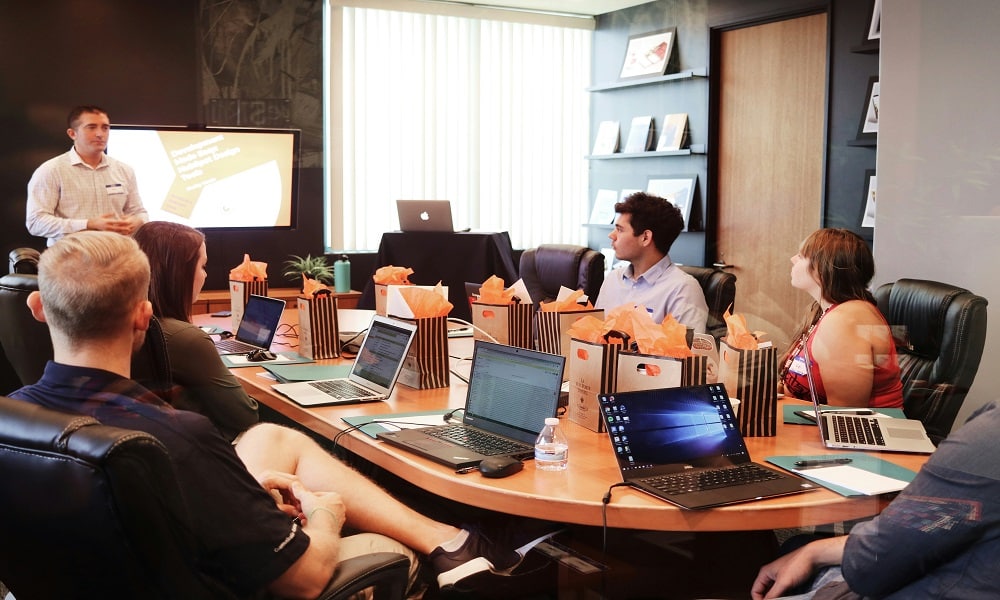Companies nowadays are recognizing the critical role that engaged employees play in their overall success. Engaged employees are more focused, productive, and dedicated to achieving objectives. One vital aspect of fostering employee engagement is providing training experiences that enhance their skills and knowledge. In this article, we will explore strategies for utilizing Learning Management Systems (LMS) to drive employee engagement through engaging training programs.
Understanding Employee Training Requirements
Before designing a training program, it is essential to have an understanding of employees’ training needs. Organizations should conduct an analysis to identify skill gaps, knowledge requirements, and regulatory compliance needs specific to each department or job role. By aligning training initiatives with these identified needs, companies can create development opportunities that resonate with their employees.
Leveraging the Benefits of Learning Management Systems (LMS)
Learning Management Systems (LMS) like Mindflash have revolutionized how organizations deliver training programs to their workforce. By implementing an LMS platform, companies can create immersive learning experiences that cater to their needs. Here’s how.
1. Customized Learning Paths
By leveraging the capabilities of a learning management system (LMS), organizations can offer learning paths tailored to an individual’s roles, responsibilities, and areas for improvement. This learner-focused approach allows employees to access modules or courses that align with their development goals, enhancing engagement as individuals feel empowered to take control of their growth trajectory.
2. Interactive and Engaging Content
In the digital age, static content no longer captures attention effectively. Transforming training materials into formats like gamified scenarios or quizzes not only grabs employees’ attention but also fosters excitement and healthy competition among learners. The inclusion of multimedia elements further enriches the learning experience by catering to learning styles.
3. Foster Social Collaboration
Leverage social collaboration features within your LMS platform to cultivate a sense of community among employees. Through discussion boards, forums, and virtual chat functions, employees can connect with peers, instructors, and subject matter experts for insights and support. Encouraging knowledge sharing and facilitating collaboration enhances and promotes continuous learning beyond the training modules.
4. Opt for Digestible Learning Modules
Extensive training sessions can be overwhelming and lead to lower retention rates. Therefore, it is crucial to break down training content into bite modules that are easier to comprehend and retain over time. This approach enables employees to understand concepts through short sessions without feeling overwhelmed or tired.
5. Tracking Progress
Monitoring progress is crucial for both learners and organizations to assess the effectiveness of training programs. Learning management system (LMS) platforms provide tracking features that allow learners to keep an eye on their progress, completion rates, and performance in assessments or quizzes. Real-time feedback plays a huge role in boosting motivation and engagement by enabling learners to evaluate their growth over time.
6. Continuous Learning Opportunities
Employee engagement doesn’t stop after completing an onboarding program or mandatory compliance sessions. Organizations should promote learning by offering resources for knowledge sharing. Incorporating materials like articles, videos, webinars, or e-books into the LMS platform empowers employees to explore topics they find interesting while enhancing their skills independently.
7. Seamless Integration
Considering the growing prevalence of flexible work arrangements, it’s crucial to ensure that training programs are accessible across devices and platforms. Implementing an LMS that seamlessly integrates with company systems, like HR software or performance management tools, allows for smoother administration reporting and monitoring of training initiatives.
8. Mobile Accessibility
When selecting a Learning Management System (LMS), organizations should prioritize integration capabilities and mobile accessibility. This empowers employees with resources that enhance engagement and support continuous development regardless of where they are or which device they use.
Conclusion
In today’s business environment, it is essential to recognize the importance of employee engagement for long-term success. Offering training experiences through an LMS can transform employee development by increasing engagement and driving performance improvement across all levels of the organization.
Organizations should personalize learning paths, incorporate interactivity through gamification, provide collaboration opportunities, utilize bite learning modules, track progress within an LMS system, and encourage continuous learning beyond initial programs. By doing so, organizations pave the way for employees who are prepared to confidently face daily challenges and make meaningful contributions towards overall success.


